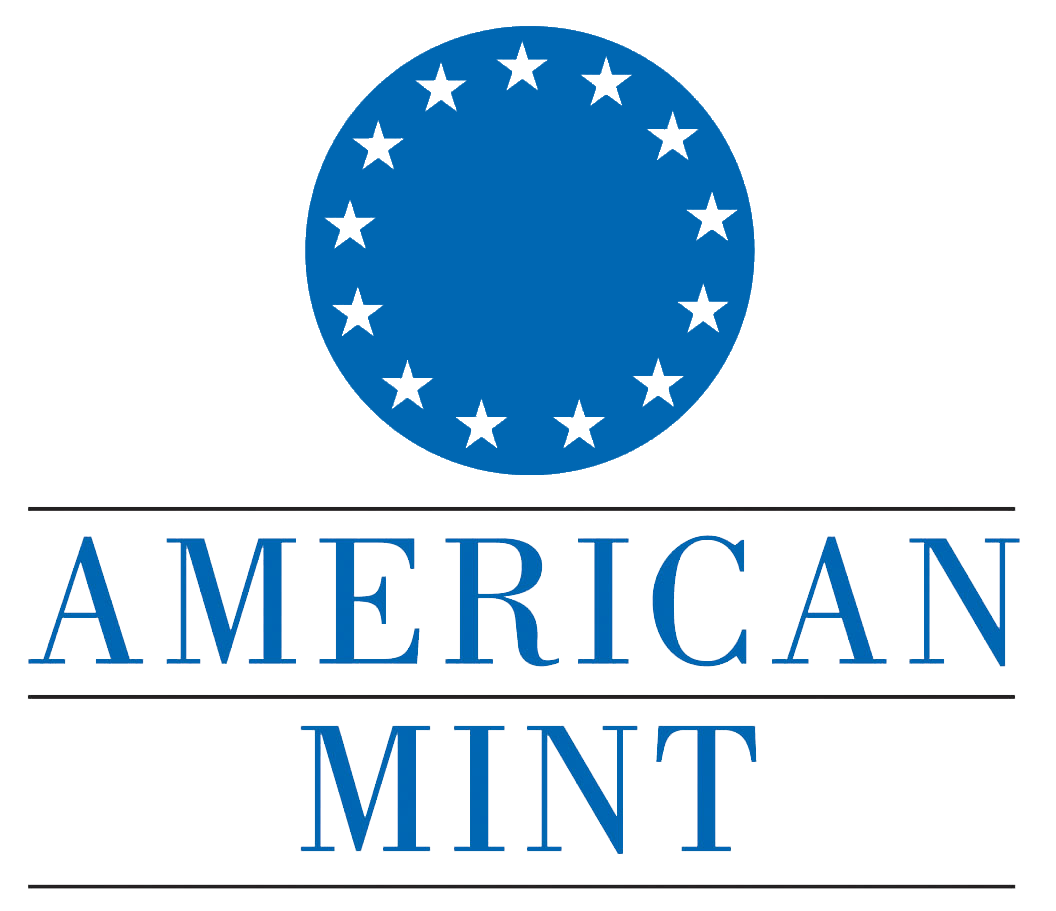If you’ve ever taken a good look at the coins that pass through your hands each day, then you’ve probably noticed there’s a lot to see. Obvious features will likely catch your eye first, like portraits of presidents and historical figures, and illustrations of landmarks. Coins also often contain quotes and phrases with significance to our country and its values. If you look closely, however, you’ll also notice less obvious details, like much smaller numbers and letters that, at first glance, don’t appear to mean anything.
If you’re even a bit familiar with the world of precious metals and coin collecting, then you’ve likely already encountered the term "bullion." It isn’t a difficult or complicated concept to understand, but it is one that’s important to learn if you want to thrive in the world of coin collecting and investing.
Coin collecting, originally known as "the hobby of kings," carries a long, fascinating history. Over the years, this hobby caught the attention of a variety of famous figures. Presidents like Jefferson, actors like James Earl Jones and Nicole Kidman, and even famed hockey star Wayne Gretzky found a passion for coin collecting.
One of the first rules of coin collecting is that condition is key. If you have two coins of the same denomination and year, the coin that’s in better condition will almost always be worth more. This probably sounds obvious, even if you don’t have any experience collecting coins. Putting this idea into practice, however, is a bit more complicated. One collector might describe a coin’s condition as “pretty good”, while another might say the same coin is in “rough shape”. To keep things simple for buyers and sellers, we would need to develop a standardized, universal system to categorize a coin’s condition. Luckily, such a system exists, and we call it coin grading.
Whether you're new to coin collecting or you've been a collector for a while, you've probably found yourself staring at a dirty coin and wondering what is the best way to clean old coins? Even the best-kept coins are bound to develop a bit of grime, so it's good to know what cleaning options are available when the gunk starts to build up.
If you're new to the world of coin collecting, you may be wondering how banknotes and banknote coins can fit into your hobby. While banknote collecting is a different pursuit, it's one shared by many coin collectors. The main difference is banknote collecting involves printed money rather than coins.
If you're fascinated by coins, American history, economics, or world culture, you may be interested in beginning your banknote collection. Learn all about banknotes and their historical significance in this guide to banknote collecting.
If you're fascinated by coins, American history, economics, or world culture, you may be interested in beginning your banknote collection. Learn all about banknotes and their historical significance in this guide to banknote collecting.
Whether it is for holidays, birthdays, Veterans Day, or any occasion, there are many great times to thank and honor a veteran in your life. They have responded to the call of duty and put their lives on the line to protect and defend the country, so show your appreciation with a gift that is suited just for them.
Ever since the passage of the Coinage Act of 1792, the U.S. Mint has been responsible for producing the coins used as the country's currency. The Act created the types of coins that were to be used and defined what they meant. Coins called "eagles" were made from gold, while dollars, half-dollars, quarters, dimes (called dismes in the Act), and nickels were made from silver. Cents and half-cent coins were made from copper.
Are you thinking about getting into coin collecting? Are you already an avid coin collector? Or maybe you stumbled across an interesting coin and want to know if it's worth something. If you're going to be collecting coins, which ones should you keep or seek out?








